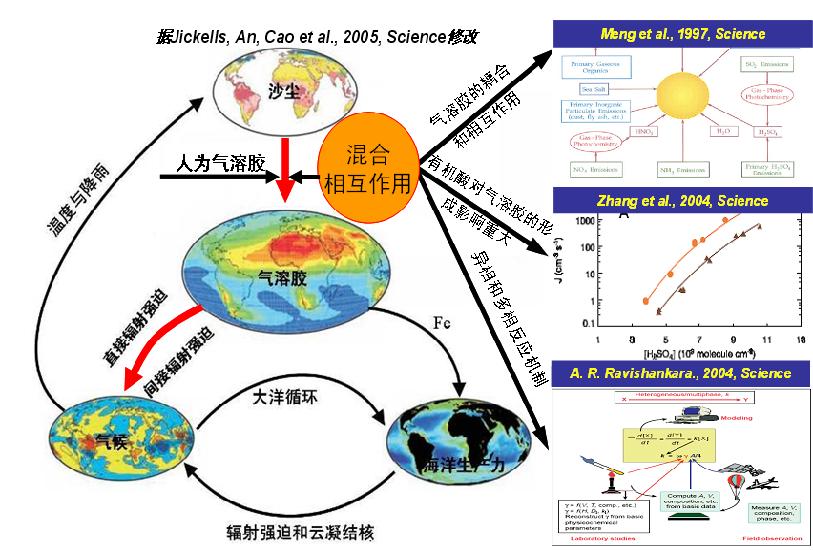Atmospheric aerosols (also known as particulate matter) is suspended in the atmosphere of the liquid or solid particles, mainly includes six categories of 7 kinds of aerosol particles: dust aerosols, carbon aerosols (black carbon and organic carbon gas gel), sulfate aerosols, aerosol nitrate ammonium aerosol, and sea salt aerosols. It is a kind of pollutant which is huge in quantity, complex in composition, diverse in nature, and is harmful to the city atmosphere. The divided into TSP, PM10 and PM2.5 (refer to particles of aerodynamic diameter less than or equal to 100 mm, 10 mm and 2.5 mm) according to the aerodynamic diameter. According to the source, the particulate matter can be divided into natural sources and anthropogenic sources. According to the formation mechanism, the particles can be divided into one particle and two particles. Through the dry and wet deposition process, the particulate matter is removed from the atmosphere, and the dry deposition is the settlement of particles by gravity or with other objects. Dry deposition elimination process there are two mechanisms: one is by gravity on particle effect and make it landed on the soil and water surface or plant, buildings and other objects, settling rate and particle particle diameter, density, kinematic viscosity of air coefficient related. Another settlement mechanism is the particle size of less than 0.lmm particles, that is, AI root particles, by the diffusion of Brown movement, and mutual collision and condensation of larger particles, through the atmospheric turbulence diffusion to the ground or collision and eliminate. Wet deposition is the process of removing particles from rain and snow. Wet deposition in the presence of rain in addition (out Wash) and out (Rain) two mechanisms.
Atmospheric aerosol is prevalent in the atmospheric environment without constant chemical composition of the polymer, atmospheric particles through absorption and scattering solar radiation to affect the gas system of energy exchange, thereby affecting the climate system. It has an important influence on climate system, environment and human health. Current atmospheric aerosol research has become one of the hot spots in atmospheric chemistry and even the earth's environmental science research.

